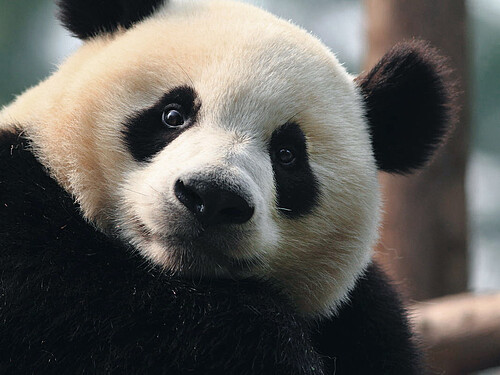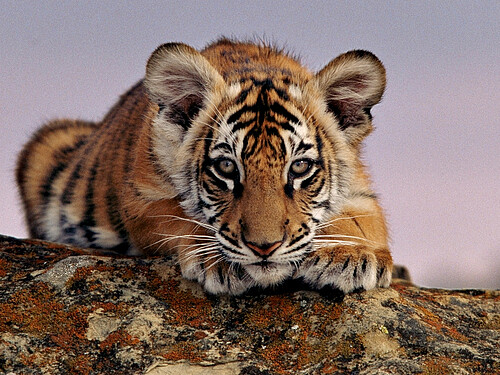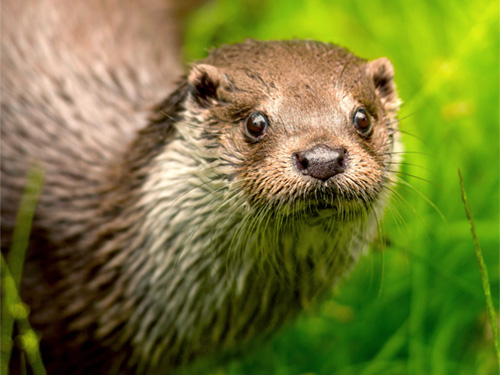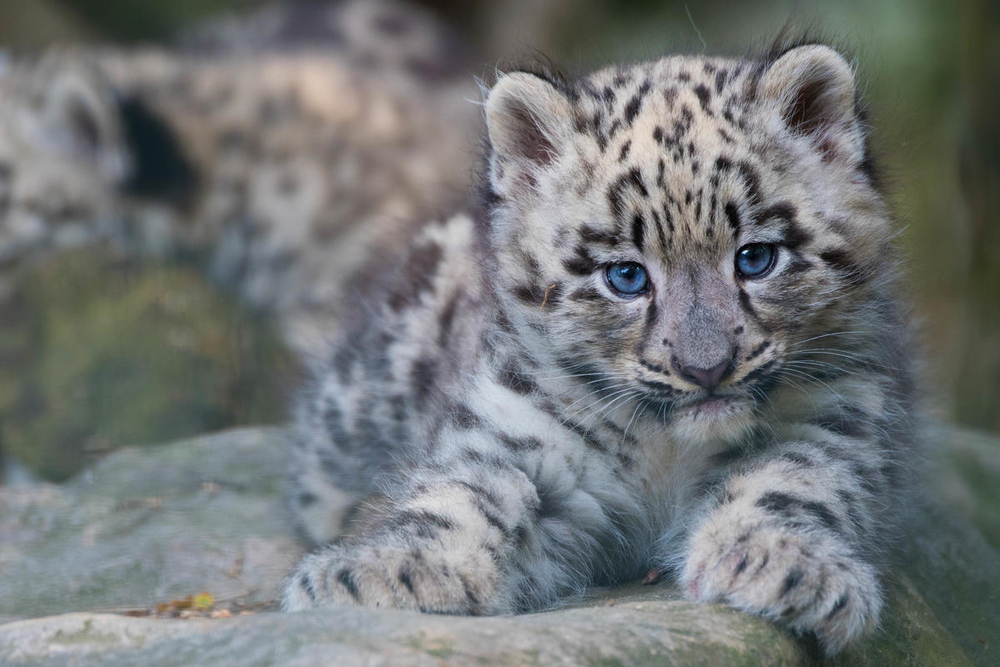Dolphins always delight us with their playful antics and warm our hearts with their friendly faces. They are air-breathing, warm-blooded marine mammals that nurse their young. They use echolocation to “see” the world – through interpreting the echoes of sound waves that bounce off the objects in the water, they could navigate under water and identify the shape, size, and location of the objects nearby.
There are 40 extant species of dolphins around the world, most of their populations are declining due to human activities, our familiar Chinese white dolphin (Sousa Chinensis) is one of them.

The population of Chinese white dolphins inhabiting the Pearl River Estuary, including Hong Kong, is believed to number around 2,000 individuals only. During the past few years, there has been a worrisome decrease in the number of young dolphins sighted in Hong Kong waters. If the trends continue, they are at risk of going extinct locally.
(Their IUCN conservation status has been upgraded from “Near Threatened” to “Vulnerable” since 2017 due to significant reduction in global numbers.)
THREATS TO DOLPHINS
Bycatch
It is estimated more than 300,000 whales, dolphins and porpoises die from entanglement in fishing nets each year, making this the single largest cause of mortality for small cetaceans.

Ship strikes & underwater noise
Ship strikes are one of the leading causes of human-induced mortality for several dolphins’ populations around the world. Underwater noise from marine traffic is a further threat to their survival as they use sound to sense their environment.

Habitat degradation
Human activities including land reclamation, dredging, sand mining and costal construction are contaminating dolphins’ habitats and putting their survival at risk. Only a tiny fraction of critical cetacean habitat is protected from these threats.

Pollution
Marine species often mistake plastics as food, experience excruciating deaths when it blocks their breathing passages and stomachs. Globally, 100,000 marine mammals die every year as a result of plastic pollution.

We need your help to safeguard dolphins!
BECOME A DOLPHIN PROTECTOR NOWWHY DOLPHINS MATTER

Dolphins are at the top of the food chain and have an important role in the overall balance of the marine ecosystem. They can tell us a lot about the health of the ocean, such as the presence of pollution or the decline in fish. They are also very popular with tourists that help enhance the economy through ecotourism.
By protecting dolphins we’re helping look after our oceans – and that’s good for all the wildlife and billions of people who depend on the sea.









